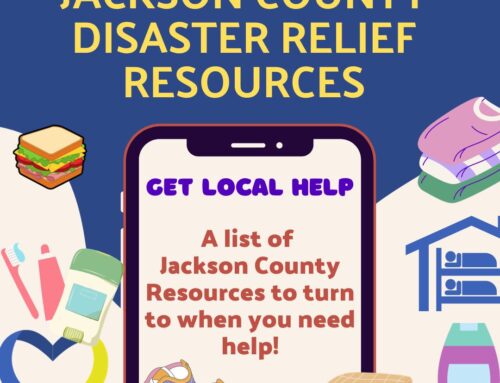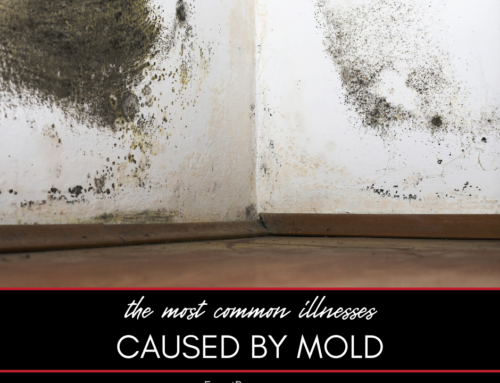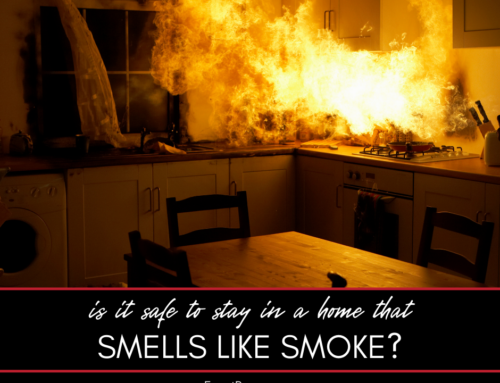Tornado season typically lasts from March to June, but a twister can strike at any time of year—even in December. If you’re thinking about options for a safe room for you and your family, here are some important things to know about above- and below-ground (in-ground) safe rooms.
Benefits
An above-ground safe room can be a great option if you cannot install a basement safe room or an in-ground safe room due to flood hazards, a high groundwater table, or because of the physical challenges of a family member—or other potential occupant—that hinders their entry into the safe room.
An in-ground safe room can give you and your family protection from the missile-like action of flying debris due to the fact that it’s surrounded by soil. Above-ground safe rooms, however, must also provide the same impact protection, and they’re strenuously tested for that purpose. Whether above-ground or in-ground, all safe rooms offer life-saving protection when they’re designed, constructed, and installed properly.
Comparing In-Ground Safe Rooms, Basement Safe Rooms, and Prefabricated In-Ground Safe Rooms
The difference between an in-ground safe room and a basement safe room is that an in-ground safe room is surrounded by soil on all four sides, whereas a basement safe room usually isn’t. There are lots of prefabricated in-ground safe rooms available on the market, and they’re typically more easily installed for residential uses than in-ground safe rooms that are built on-site.
Anchoring the Structures
Whether you choose to build an above-ground or in-ground safe room, you will need to anchor either structure. Above-ground safe rooms need to be anchored in order to keep them from sliding or being overturned by extreme winds. In-ground safe rooms should be anchored to prevent rising groundwater from making the submerged room buoyant, and pushing it out from beneath the ground.
Grading the Soil
When you install an in-ground safe room, you should make sure that the surface of the ground is graded to slope away from the entrance of your safe room in order to keep stormwater runoff from entering the space. The maximum slope should be limited, though, where soil is used as protection from the impact of debris, as per FEMA guidelines. The agency also recommends that you have a sump pump installed inside of your in-ground safe room in order to remove groundwater or stormwater that might accumulate inside.
Do You Need a Disaster Remediation Expert in Washtenaw County or Jackson County?
If your home has already been damaged, we can help. Check out our services and call 734-352-9183 for your free disaster remediation quote today. We offer:









